
Exciting new series on “Voice, Body and Movement for Lawyers – How to connect with the jury and find Justice Through Dramatic Technique!”
Click here to find out more
Policyholders routinely look to general liability insurance for all manner of claims that do not fall “neatly” into some other type of coverage, such as fire insurance or D&O insurance. In the wake of CERLA (the “Superfund Act”) and similar state laws in the 1980’s, owners and operators of contaminated land began to tender clean-up claims to their insurers, which often resisted coverage on grounds that their policies excluded coverage for bodily injury or property damage caused by pollution. The issue was hard-fought in the 1980’s and 1990’s and came to a sort of détente with the creation of the so-called “absolute pollution exclusion” and revisions in various policy forms to provide an updated definition of “pollution.” But the emergence of new classes of risk – including the so-called “forever” chemicals commonly known as PFAS and associated contamination, as well as classes of risk that are alleged to be caused by climate change – are causing policyholders to reexamine the scope and reach of pollution exclusions.
This program will offer a primer on pollution exclusions in general liability insurance policies. It will review historical and current wording, offer an overview of the coverage decisions as they stood at the end of the 1990’s, and examine coverage for emerging claims.
Learning Objectives:
• Understand the typical wordings of pollution exclusions in general liability insurance policies. Review major cases interpreting and applying those exclusions.
• Examine the “absolute” pollution exclusion
• Identify emerging claim types that implicate the exclusions, such as PFAS contamination and losses alleged to be affected by climate change.
• Consider how courts may construe coverage for those claims.
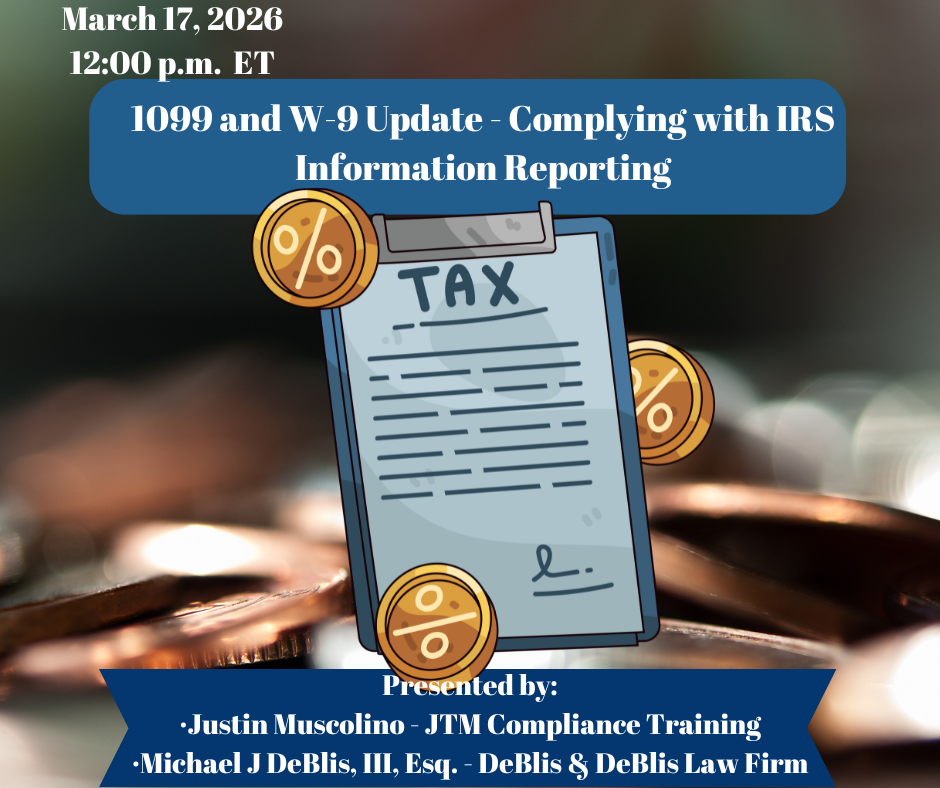
This CLE program covers the most recent changes affecting IRS information reporting, with emphasis o...
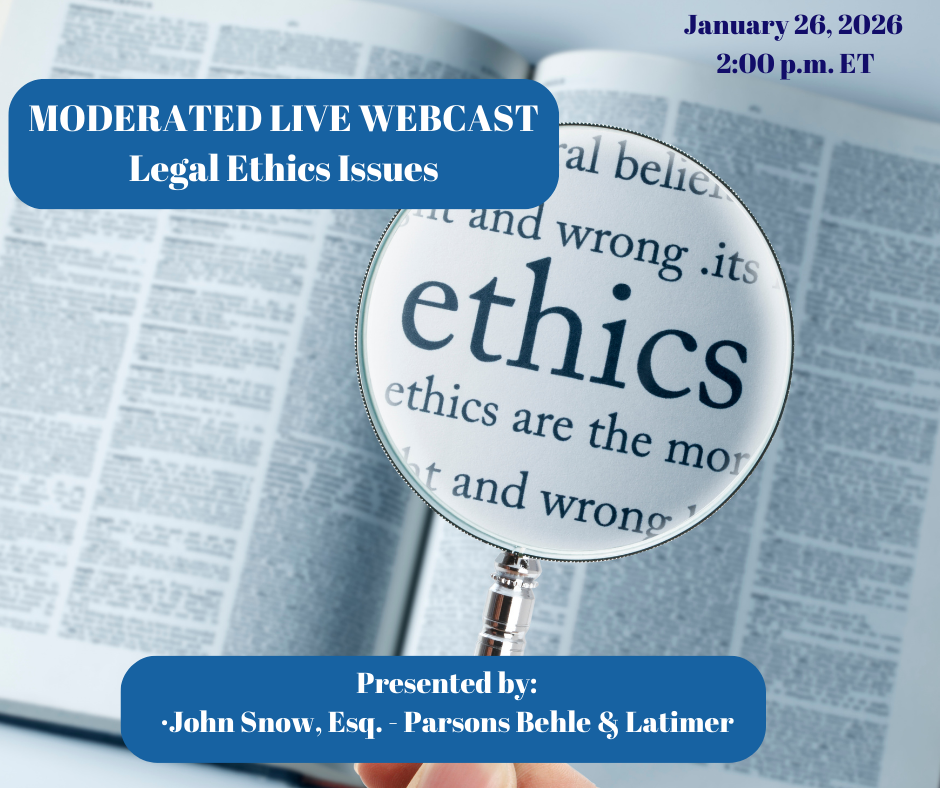
Protect clients and yourself by knowing some of the more common ethical issues that can affect your ...

Insurance companies are interesting because they are beholden to the policy holder and to investors....
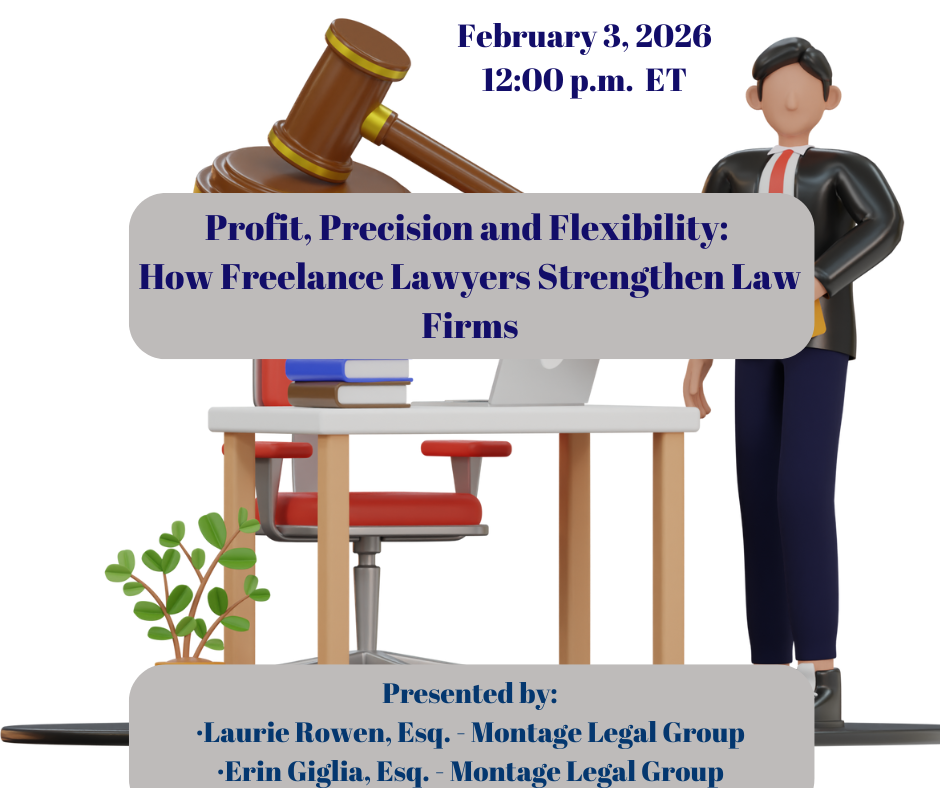
Law firms across the country are rethinking traditional staffing models to stay competitive, reduce ...
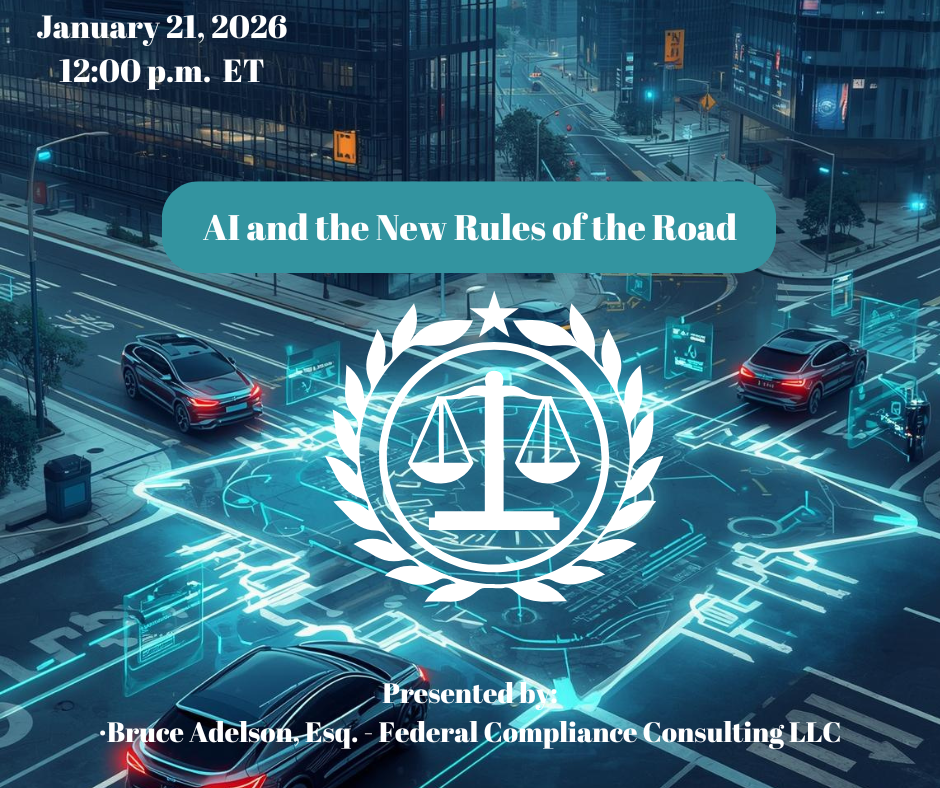
AI tops the news seemingly every day. The technology is growing in use and application as lawyers, c...
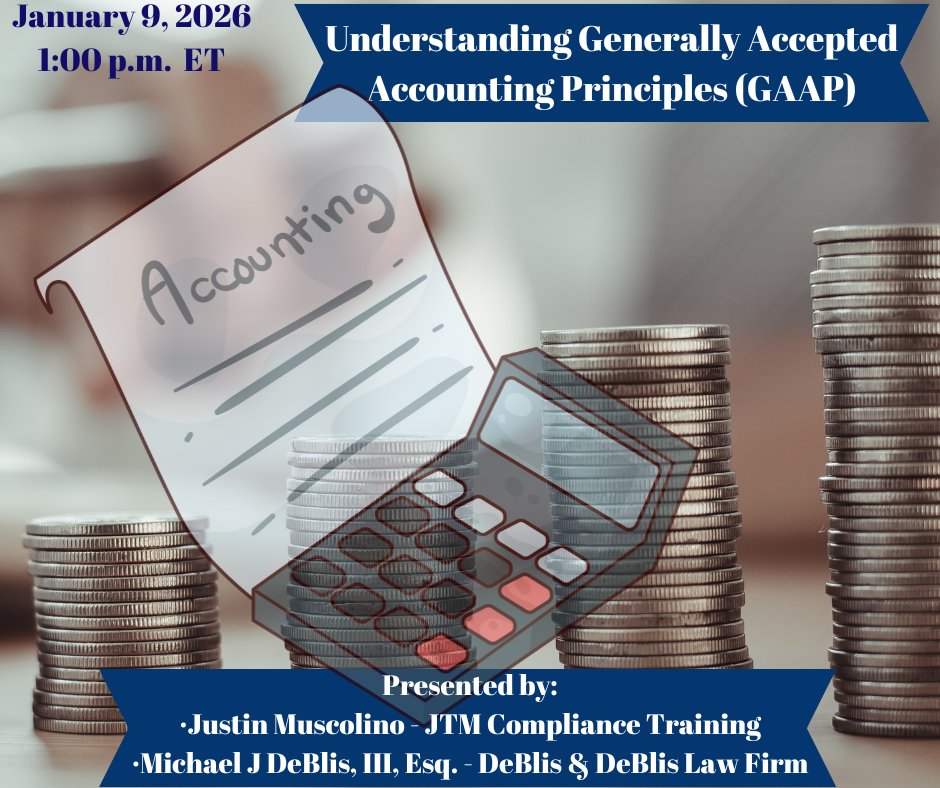
This attorney-focused training provides deeper insight into GAAP’s framework and its legal app...
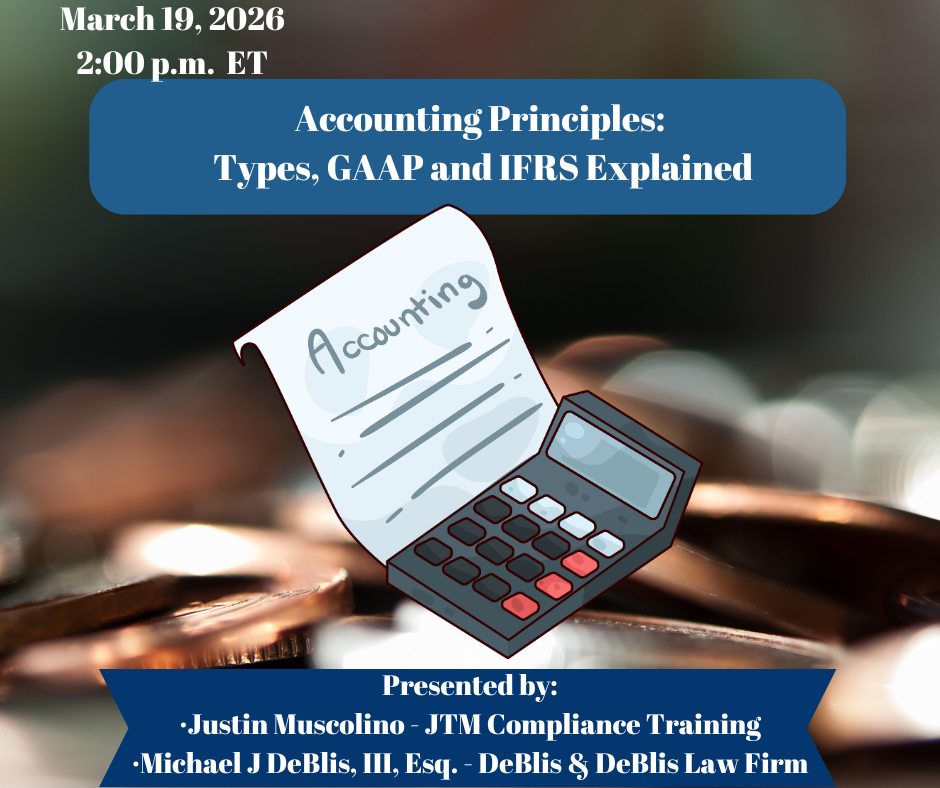
Attorneys will receive a comparative analysis of GAAP and IFRS with emphasis on cross-border legal c...
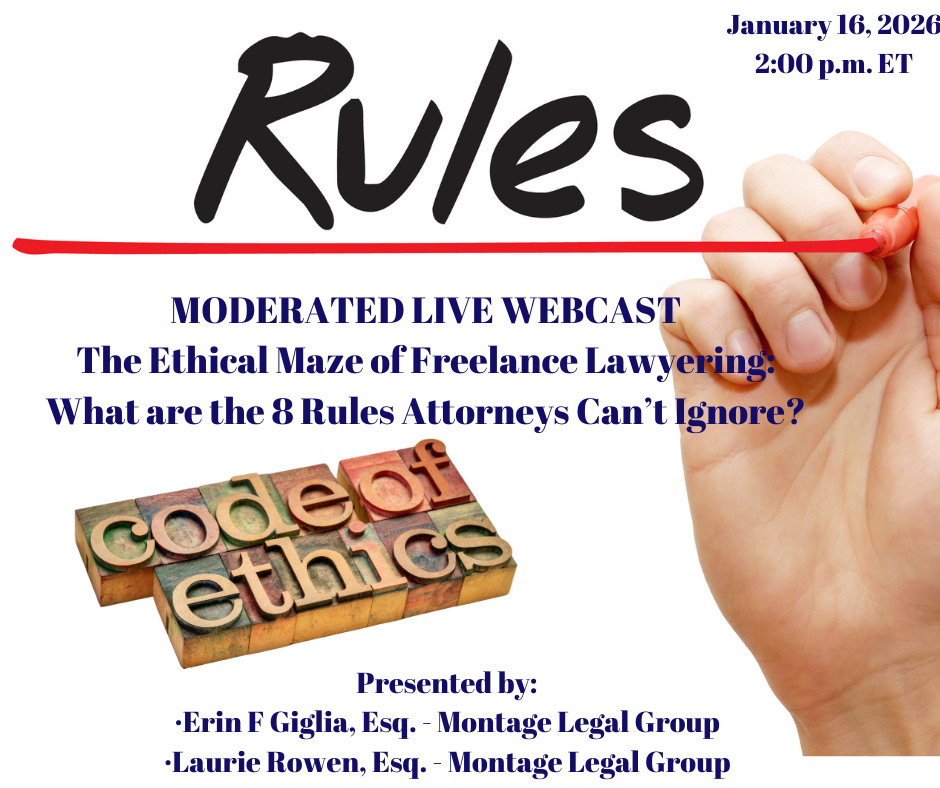
As lawyers, time is our most finite resource. We have duties to our clients to ensure that their mat...
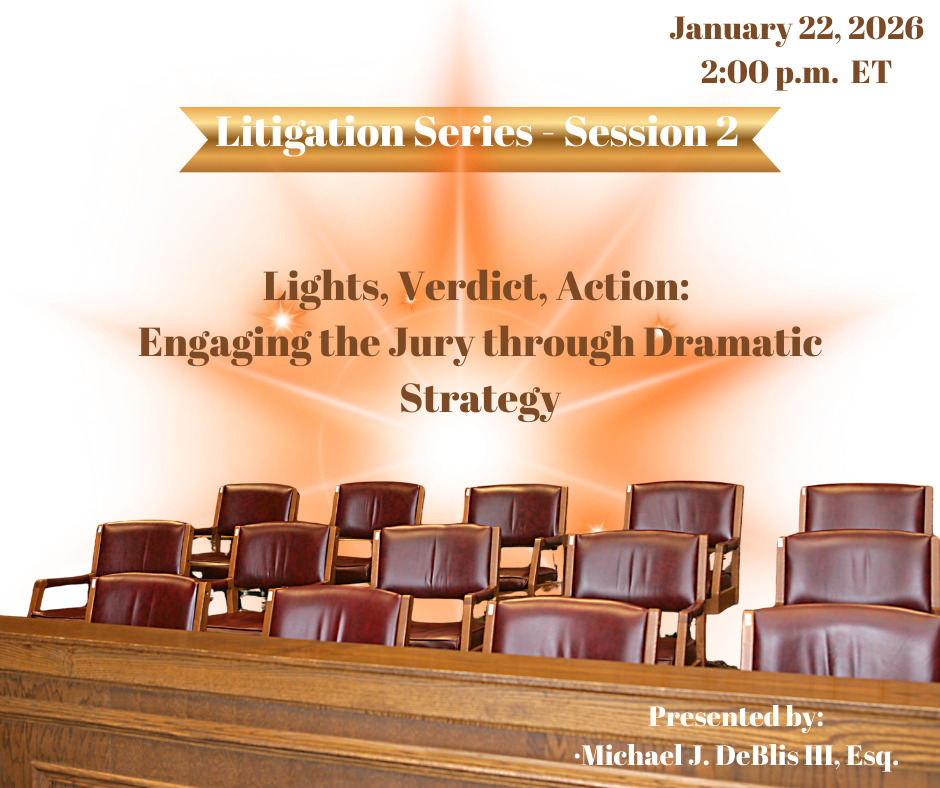
This comprehensive program synthesizes theatrical technique, psychology, communication theory, and t...
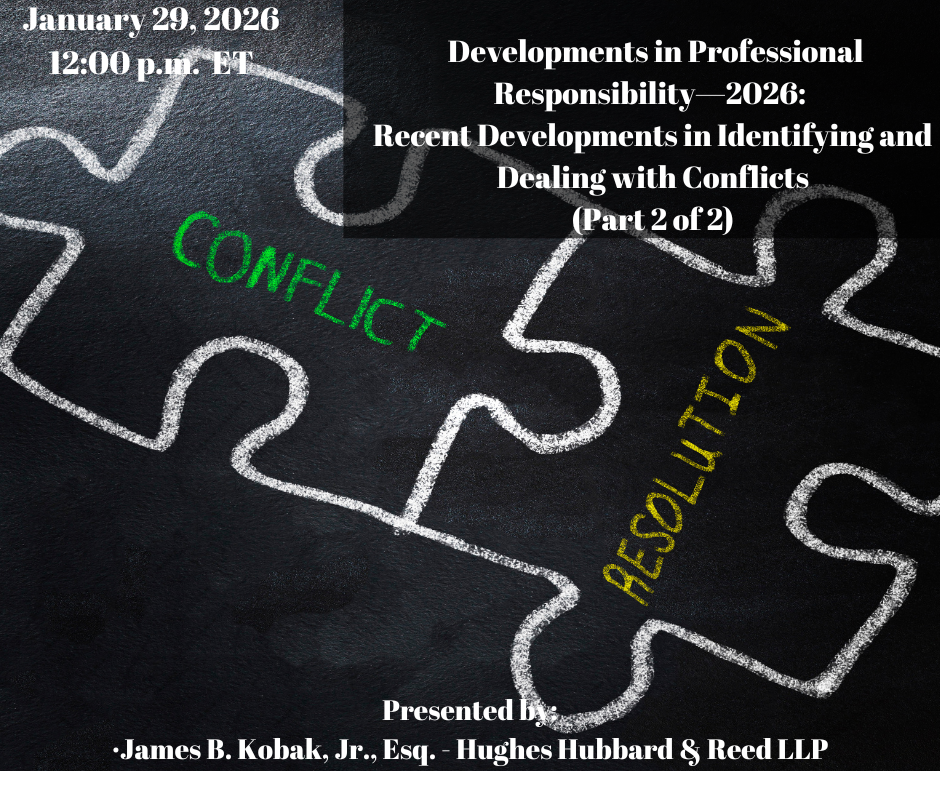
Part 2 of 2 - Lawyers at all levels of experience and even sophisticated law firms and general couns...